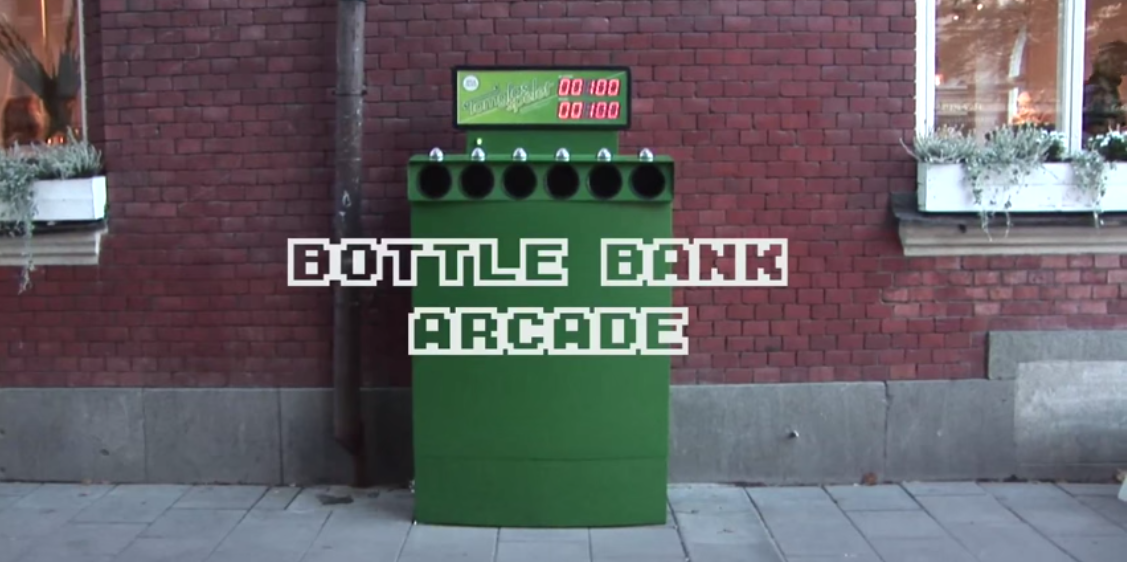
Putting the “FUN” back into theory
The Fun Theory (a Volkswagen Initiative) argues, “fun is the easiest way to change people’s behaviour for the better”. They held a competition for people who had fun ways of encouraging good behaviour. For example: a ‘bottle bank arcade’ to encourage recycling, ‘piano stairs’ to encourage exercise, ‘the world’s deepest bin’ to encourage people to properly dispose of litter and ‘The Speed Camera Lottery’
The theory is obviously a bit of fun and good marketing but it did have impressive results. For example, the Speed Camera Lottery ‘game’ reduced the average speed of cars on that road by 22% and the piano stairs meant that 66% more people than normal took the stairs over the escalator. This gamification of everyday things seems to ‘nudge’ people’s behaviour in profound and measurable ways. This begs the question, how far can you nudge people and in what ways?
The Fun Theory: that “fun is the easiest way to change people’s behaviour for the better” seems to have some solid foundations and is becoming more widely accepted and made use of. Gamification seems set to be a common feature in our lives and one that may make our lives much more fun.

